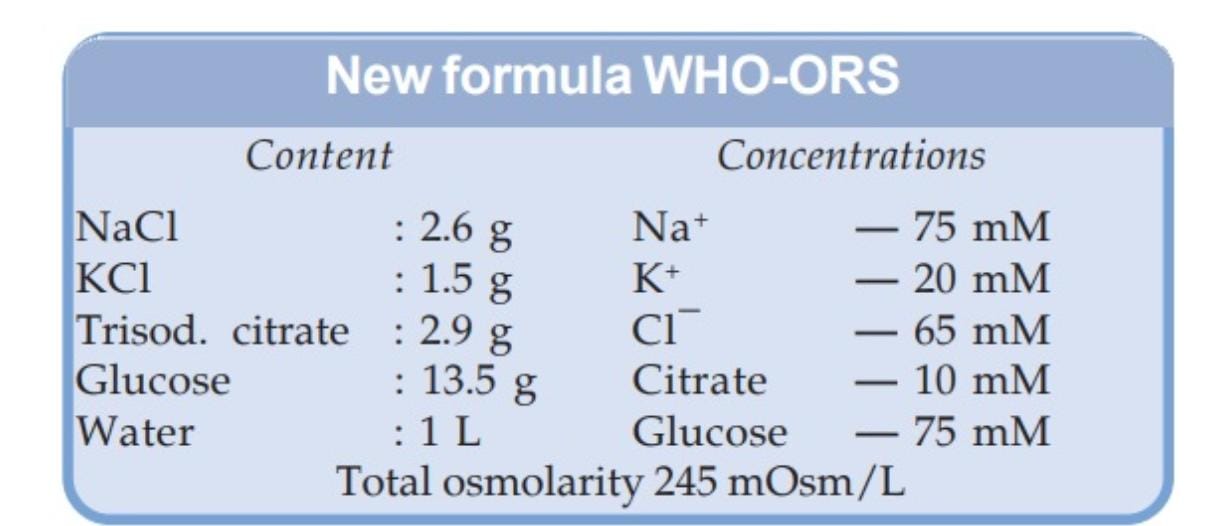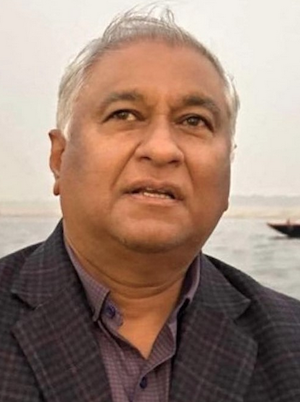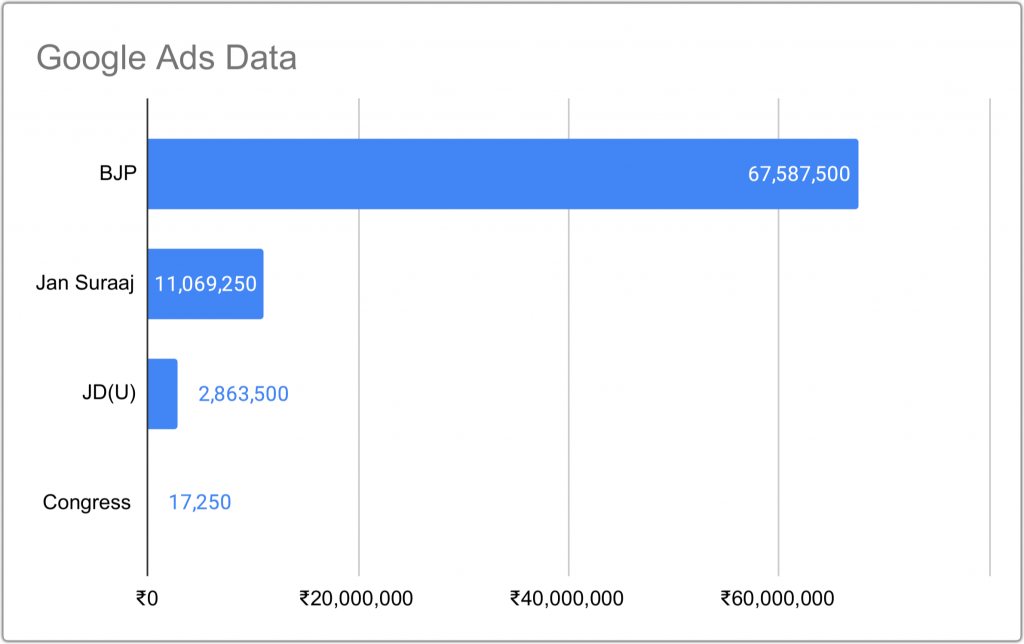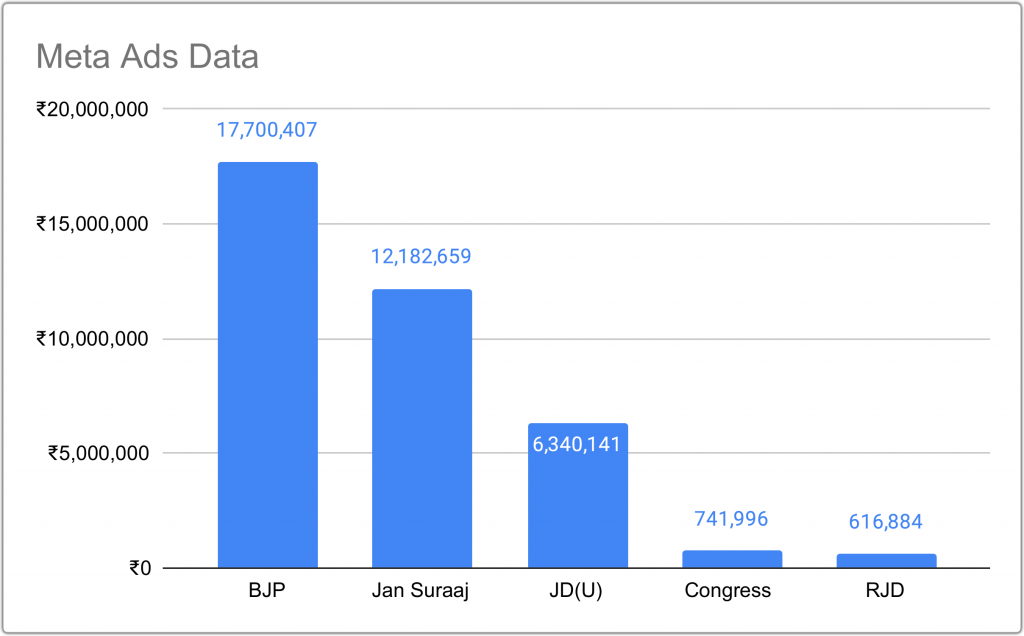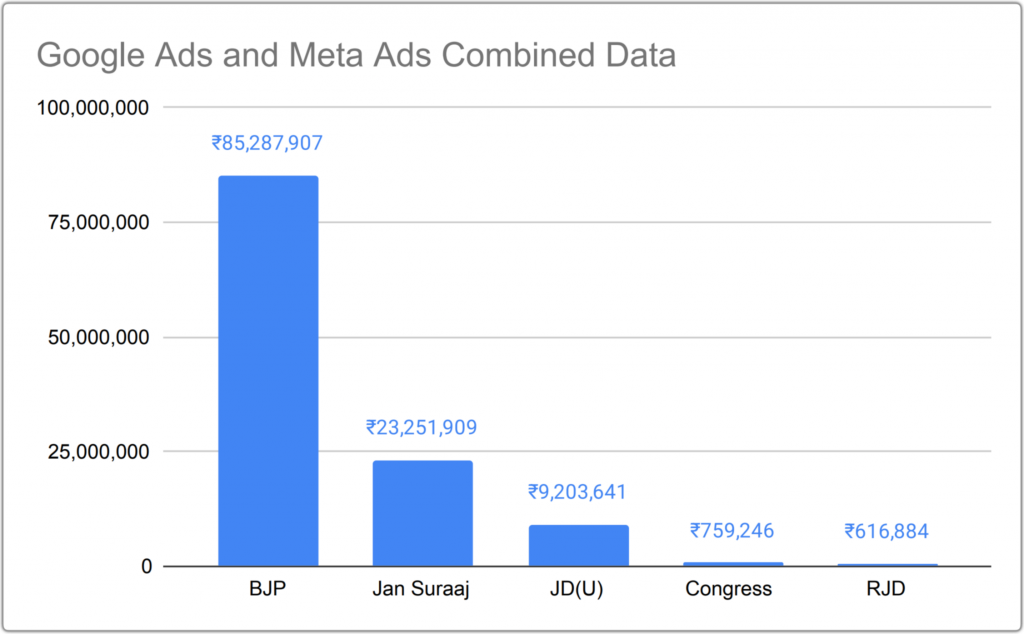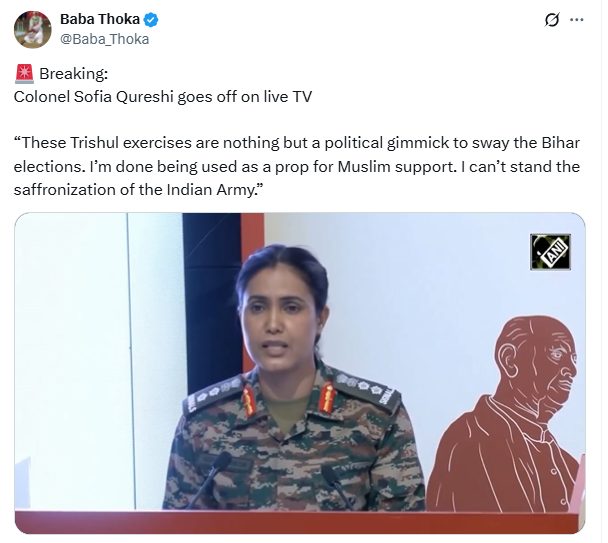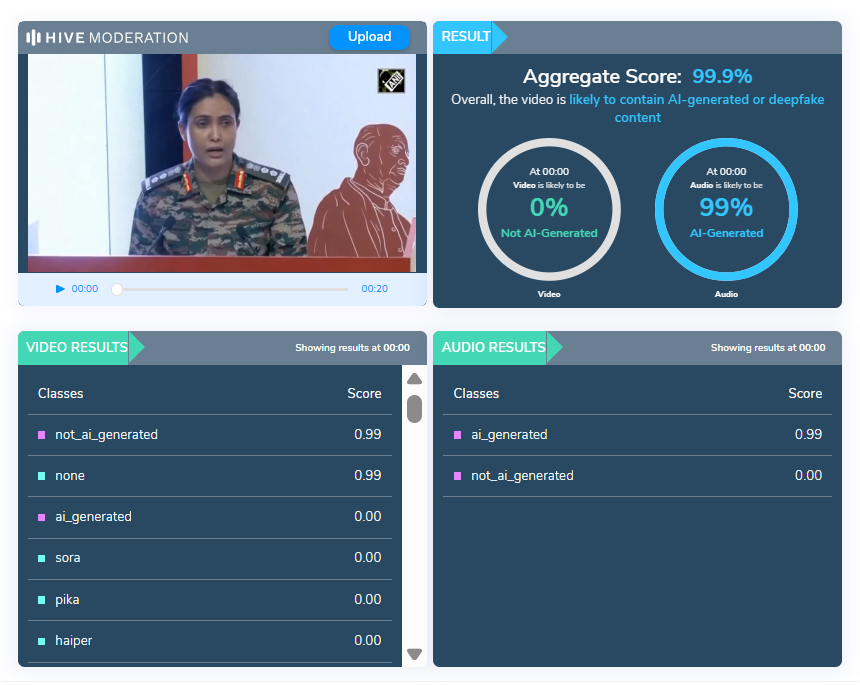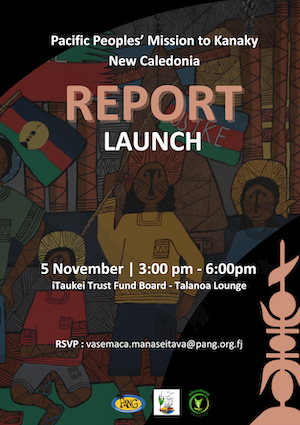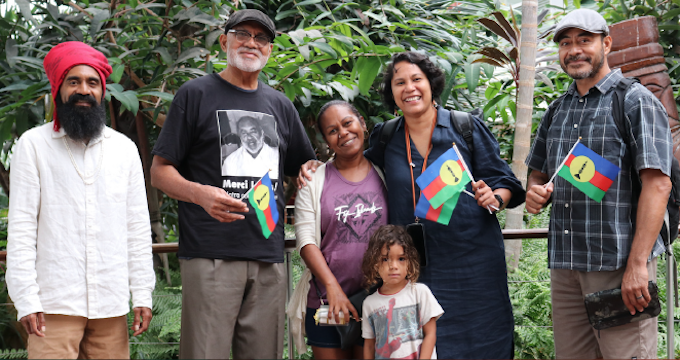COMMENTARY: By Bryce Edwards
Yesterday’s victory of “democratic socialist” Zohran Mamdani in the race for the New York mayoralty is fuelling debate among progressives around the world about the way forward.
And this has significant implications and lessons for the political left in New Zealand, casting the Labour and Green parties as too tired and bland for the Zeitgeist of public discontent with the status quo.
Mamdani’s startling victory in the financial capital of the world symbolises a broader shift in global politics.
His triumph, alongside the rise of similar left populists abroad, sends an unmistakable message: voters are hungry for politicians who take the side of ordinary people over corporations, and who offer bold solutions to the cost-of-living crises squeezing families worldwide.
The Mamdani phenomenon follows on from some other interesting radical left politicians doing well at the moment, including the new leader of the Green Party in the UK, Zach Polanski. These politicians seem to be doing better by appealing to the Zeitgeist of anger with inequality and oversized corporate power that characterises Western democracies everywhere.
Such politicians and activists are channelling the tone of other recent radicals like Bernie Sanders and Jeremy Corbyn, who both embraced a leftwing populism concerned with working class citizens.
Here in New Zealand, however, the contrast is stark, where the political forces of the left are very timid by comparison. The Labour and Green parties remain stuck in the past and unwilling to catch up with the anti-Establishment radicalism, that focuses on broken economic systems.
However, locally some commentators are pushing for the political left to learn lessons from the likes of Mamdani and Polanski.
Simon Wilson: Focus on class, not identity politics
Leftwing columnist Simon Wilson wrote yesterday in The New Zealand Herald that “Labour and the Greens can learn from Mamdani”, pointing out that although the New Zealand left has become overly associated with identity politics, the successful way forward is “class politics”.
Wilson says: “Instead of allowing his opponents to define him as an “identitarian lefty” — and they really have tried — Mamdani is all about the working class.”
In policy and campaign terms, Wilson says Mamdani has been successful by getting away from liberal/moderate issues:
“His main platform is simple. He wants to reduce the cost of living for ordinary working people. And instead of wringing his hands about it, he has a plan to make it happen. It includes childcare reform, a significant rise in the minimum wage, a rent freeze, more affordable housing, free public transport and price-controlled city-owned supermarkets. Oh, and comprehensive public-safety reform and higher taxes on the wealthy.”
Wilson also suggests that the political left in NZ should be focused on the enemy of crony capitalism (also the theme of my ongoing series about oversized corporate power): “It might be corporates, determined to prevent meaningful reform of oligopolistic sectors of the economy, such as banking, supermarkets and energy.”
Such an approach, Wilson suggests dovetails with a type of “democratic socialism” that should be embraced here. As another example of this, Wilson says, is the new leader of the Green Party in the UK, Zach Polanski.
Donna Miles: Kiwi politicians need to push back against corporate capture
On Monday, columnist Donna Miles also wrote in The Press that Zack Polanski and Zohran Mamdani are showing the way for the global left to push back against corporate power. She explains the problem of how corporate power now swamps New Zealand politics, in a similar way to what Mamdani and Polanski are fighting:
“New Zealand faces a parallel plague of vested interests eroding faith in democracy. The revolving door between politics and lobbying creates unfair access, allowing former officials to trade insider knowledge for influence.”
Miles explains the recent success of the new environmental populist leader in the UK:
“The second politician you should know about is Zack Polanski, the gay Jewish leader of the UK Green Party who is of Eastern European descent. Elected last month with a landslide 85 percent of the vote from party members, Polanski’s bold policies on wealth taxes, free childcare, green jobs, and social justice have triggered an immediate ‘Polanski surge’, with membership reaching 126,000, making it the third-largest political party in the UK.”
New Zealand’s timid political left
Leftwing thinkers in New Zealand are viewing the rise of these bold leftwing populists with envy. Why can’t New Zealand’s left tap into the Zeitgeist that Mamdani and Polanski are successfully surfing? Why can’t they concentrate on the “broken economic system” that Mamdani put at the centre of his widely successful campaign?
For example, Steven Cowan has blogged to say “Mamdani’s election victory will be a rebuke for NZ’s timid politics”. He argues that Mamdani’s victory shows “that voters are not allergic to bold politics”, and he laments that the parties of the left here are worried about coming across as too radical.
Chris Trotter suggests that there is a new shift towards class politics occurring around the world, which the New Zealand left are missing out on, saying “Poor old Labour doubles-down on identity politics, just as democratic-socialism comes back into fashion.”
Trotter points out that Labour managed to alienate all their democratic socialists many years ago, and their absence meant that a “new left” took over the party:
“To rise in the Labour Party of the 21st century, what one needed was a proven track record in the new milieu of ‘identity politics’. Race, gender and sexuality now counted for much, much, more than class. One’s stance on te Tiriti, abortion, pay equity and LGBTQI+ rights, mattered a great deal more than who should own the railways. Roger Douglas had slammed the door to ‘socialism’ – and nailed it shut.”
Trotter holds out some hope that the Greens might still avoid being pigeonholed in identity politics:
“The crowning irony may well turn out to be the Greens’ sudden lurch into the democratic socialist ‘space’. Chloë Swarbrick makes an unlikely Rosa Luxemburg, but, who knows, in the current political climate-change, ditching the keffiyeh for the red flag may turn out to be the winning move.”
Taking on corporate capture: Could Chlöe Swarbrick ditch the keffiyeh for the red flag?
The rise of figures like Mamdani and Polanski is not occurring in a vacuum. It reflects growing public recognition of a problem I’ve been documenting in this column for weeks: the systematic capture of democratic politics by corporate interests.
As I’ve detailed in my ongoing series on New Zealand’s broken political economy, our democracy has been hollowed out by lobbying firms, political donations, and the revolving door between government and industry. From agricultural emissions policy to energy market reforms, we see the same pattern: vested interests using their wealth and access to shape policy in their favour, while the public interest is systematically ignored.
Throughout the campaign, Mamdani made it clear who the enemies of progress were. He railed against corporate landlords, Wall Street banks, and monopolistic companies profiteering off essential goods. New York’s economy, he argued, was full of broken markets that enriched a wealthy few at the expense of everyone else – and it was time to take them on.
By naming and shaming the elites (and proudly embracing the “socialist” label), Mamdani gave voice to a public anger that had long been simmering.
Mamdani’s win is part of a broader pattern. Across the world, leftwing populists are gaining ground by focusing relentlessly on material issues and openly targeting the corporate elites blocking progress. Rather than moderating their economic demands, these leaders channel public anger toward the billionaire class and monopolistic corporations.
And they back it up with concrete proposals to improve ordinary people’s lives. This approach is proving far more popular than the cautious centrism that dominated recent decades.
It turns out that a “bread-and-butter” socialist agenda of making essentials affordable, and forcing the ultra-rich to pay their fair share, resonates deeply in an age of rampant inequality. Policies once dismissed as too radical are now vote-winners.
Freeze rents? Tax windfall profits? Use the state to break up corporate monopolies and provide free basic services? These ideas excite voters weary of struggling to make ends meet while CEOs and shareholders prosper.
We’ve seen this new left populism surge in many places. In the United States, for example, Bernie Sanders’ campaigns and Alexandria Ocasio-Cortez’s outspoken advocacy popularised these themes, and recently Chicago elected a progressive mayor on a pledge to tax the rich for the public good.
In Latin America, a string of socialist leaders, from Chile’s Gabriel Boric to Colombia’s Gustavo Petro, have swept to power promising to rein in corporate excess and uplift the masses. The common denominator is clear: voters respond to politicians who offer a clear break from the pro-corporate consensus and speak to their real economic grievances.
Here in New Zealand, the Labour Party and its ally the Greens should have been the vehicle for bold change. But instead they’ve both largely stayed the course. When Labour took office in 2017, there were high hopes for a transformational government. Yet Jacinda Ardern and her successors ultimately shied away from any fundamental challenge to the economic status quo.
They tinkered around the edges of problems, unwilling to upset the powerful or depart from orthodoxy.
Even when Labour admitted certain markets were broken, for instance acknowledging the supermarket duopoly that was overcharging Kiwis for food, it refused to take decisive action. A Commerce Commission inquiry into supermarkets resulted in gentle recommendations and a voluntary code of conduct, but no real crackdown on the grocery giants’ excess profits.
The government balked at imposing windfall taxes on the booming banks or power companies. Its much-vaunted KiwiBuild housing scheme collapsed far short of targets, and it never embarked on a serious state house building program. Time and again, opportunities for bold intervention were passed up. It often seemed Labour was more afraid of annoying corporate interests than of disappointing its own voters.
In the end, the Labour-led government managed a broken economic system rather than transforming it. And during a mounting cost-of-living crisis, “managing” wasn’t enough. By 2023, many traditional Labour supporters felt little had changed for them — and they were right. The party had kept the seat warm, but it hadn’t delivered the economic justice it once promised.
Time to catch up with the Zeitgeist
The contrast between New Zealand’s left and the new wave of international left triumphs could not be more stark. Overseas, the left is rediscovering its purpose as the champion of the many against the few, of public good over private greed.
At home, our left has spent recent years timidly managing a broken status quo. If there is one lesson from Zohran Mamdani’s New York victory — and from the broader resurgence of socialist politics abroad — it’s that boldness can be a virtue for parties that claim to represent ordinary people.
To catch up with the Zeitgeist, New Zealand’s Labour and Green parties will need to break out of their cautious mindset and actually fight for transformative change. That means making our next political battles about the “big guys” – the profiteering banks, the supermarket duopoly, the housing speculators – and about delivering tangible gains to the public.
It means having the courage to propose taxing wealth, curbing corporate excess, and rebuilding a fairer economy, even if it upsets a few CEOs or lobbyists. In short, it means offering a clear alternative to “broken markets” and business-as-usual.
The winds of political change are blowing in a populist-left direction globally. It’s high time New Zealand’s left caught that wind. If Labour and the Greens cannot find the nerve to ride the new wave of public enthusiasm for economic justice, they risk being left behind by history.
In an age of crises and inequality, timidity is a recipe for oblivion. Boldness, on the other hand, just might revive the left’s fortunes.
Dr Bruce Edwards is a political commentator and analyst. He is director of the Integrity Institute, a campaigning and research organisation dedicated to strengthening New Zealand democratic institutions through transparency, accountability, and robust policy reform.
This post was originally published on Asia Pacific Report.
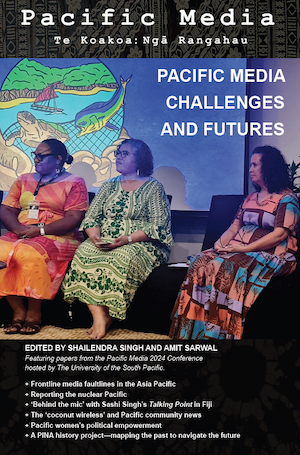
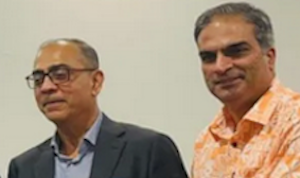

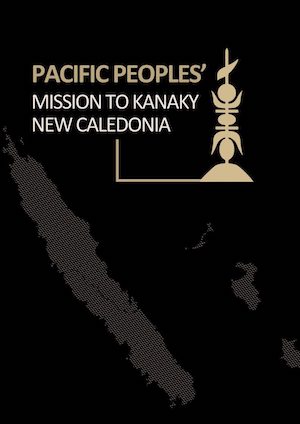

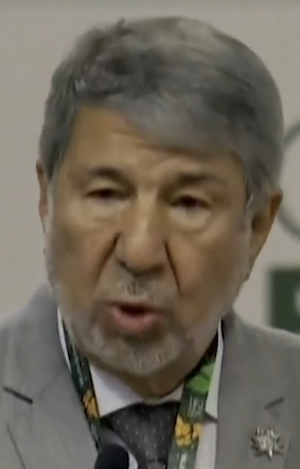
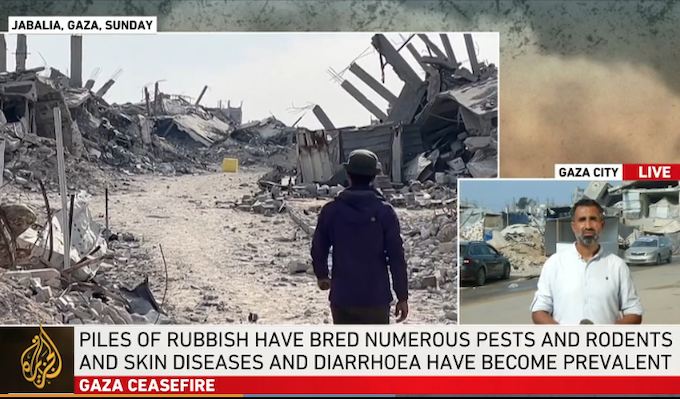
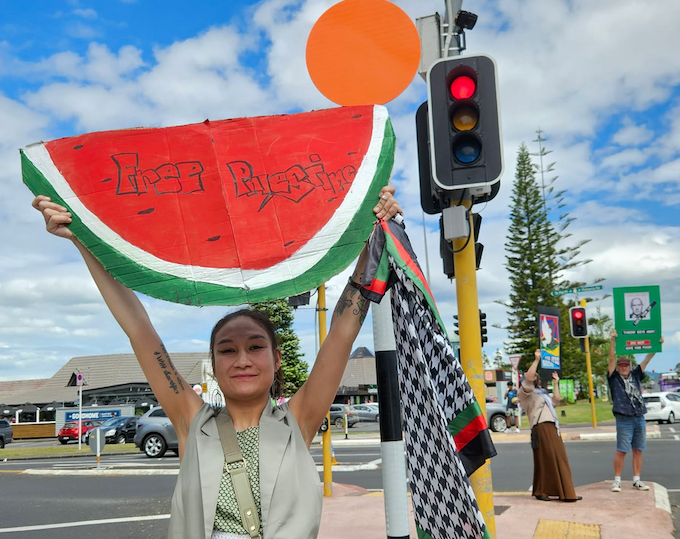
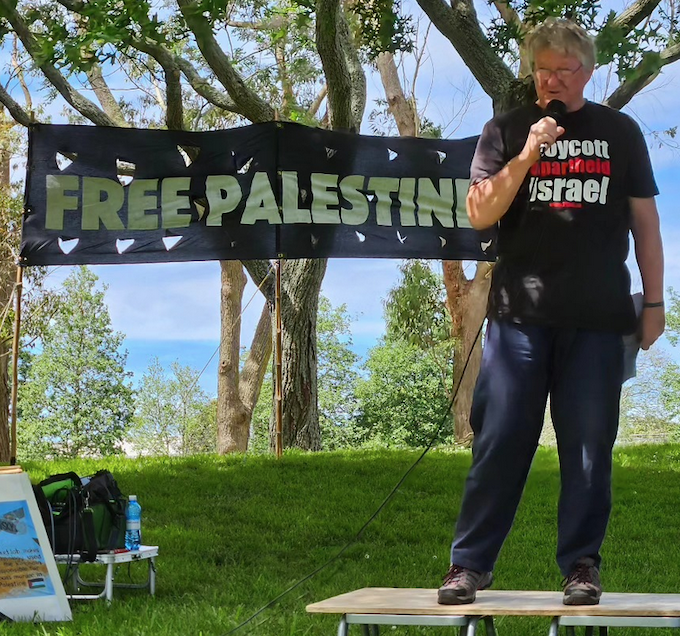
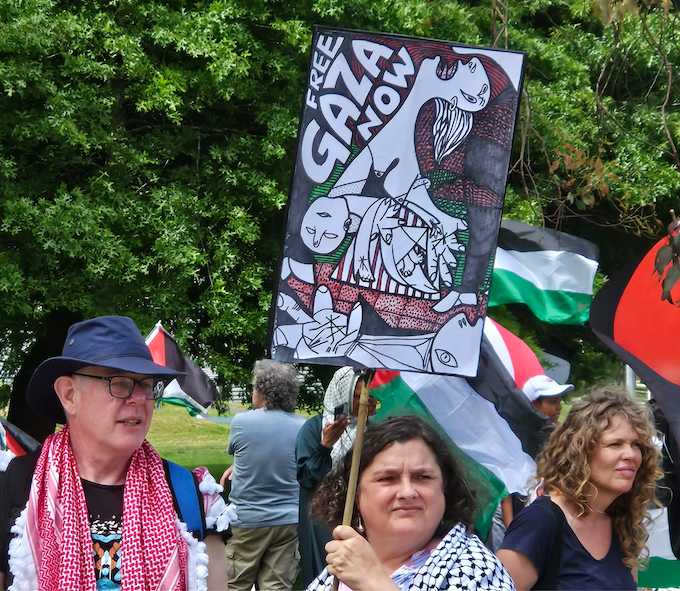
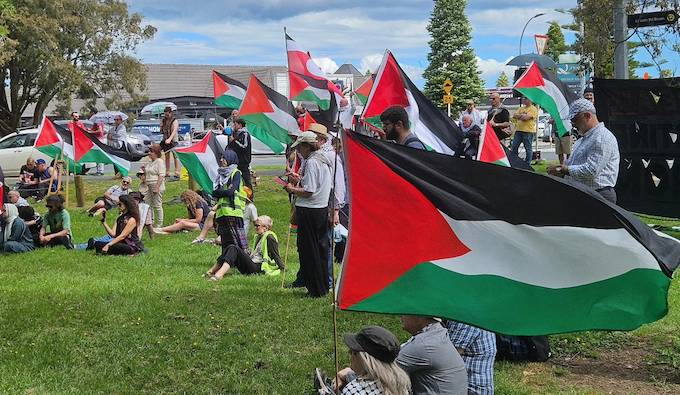
 Again: Ceasefire according to Israel=“you cease, I fire.” Calling it “peace” is both an insult and a distraction.
Again: Ceasefire according to Israel=“you cease, I fire.” Calling it “peace” is both an insult and a distraction.

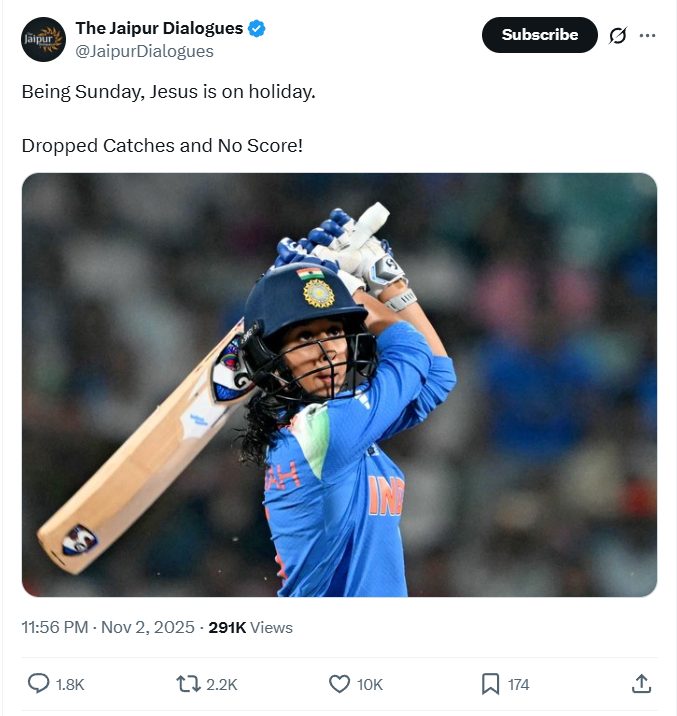
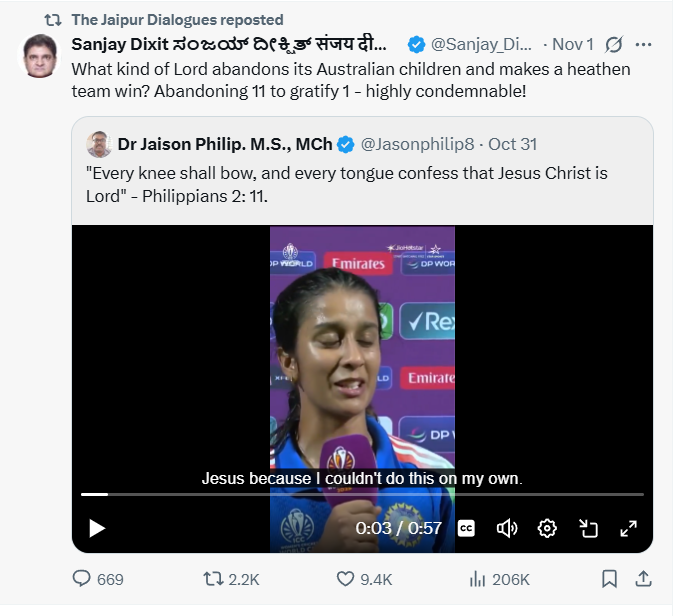
 (@theliverdr)
(@theliverdr) 
